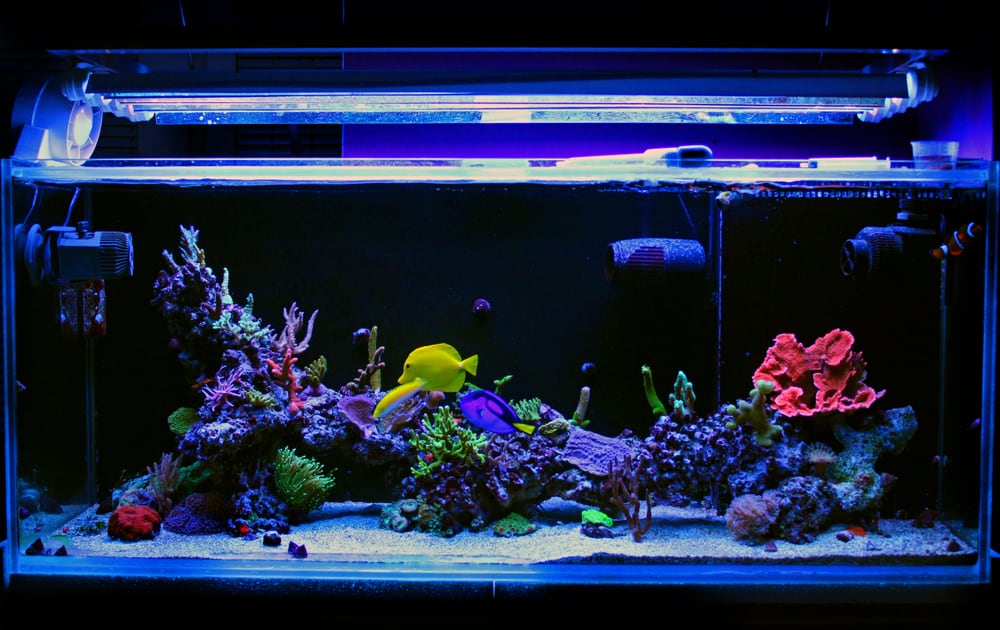
Reef tanks are borderline magical, and even more so when you fill and care for one yourself.
That’s why everyone who has a reef tank wants to take the best care of it as they can, and that means doing a hefty amount of research to answer all the questions you may have.
For instance, how much water flow a reef tank needs.
It may sound like a tiny detail, but in actuality, it’s far more important than you think.
How Much Flow Should a Reef Tank Have?
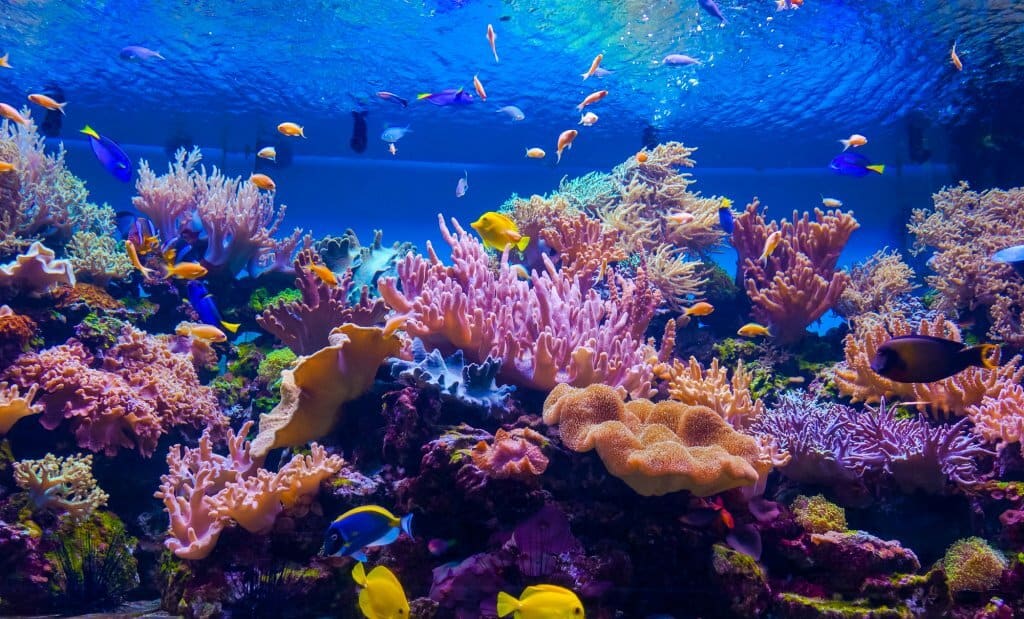
Saltwater tanks should have a water turnover rate of six to ten times per hour.
You may be wondering why water movement in a reef tank is important anyway, and there are a few different reasons for this.
The first is that the water movement acts as a way to clean off the coral.
The currents carry away waste that would otherwise promote algae growth and damage.
The second is that the water’s flow delivers important things such as food and oxygen to all the sessile invertebrates in your tank, keeping them alive and allowing them to grow.
Finally, water flow is good for the fish in your tank, as well.
The currents give the fish something to swim against and helps keep them healthy.
Creating Water Flow
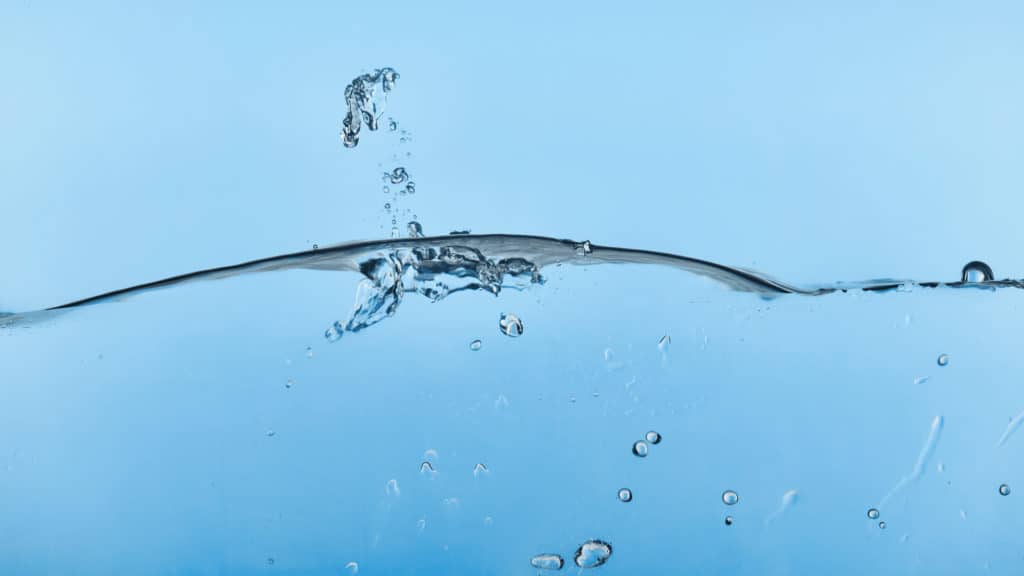
To recreate the natural currents in the ocean, begin with choosing the method you feel is best for your reef.
You can use water flow diverters, which can be installed on your main filtration’s return.
It works by splitting the water flow, leaving your filter and creating multiple, slightly more powerful currents for the water to flow through.
Another option you have is to use a powerhead.
Powerheads create laminar currents, which are steady, unidirectional currents, meaning the flow will only go in one direction.
Powerheads are best aimed at a specific area, rather than directly at coral or any other invertebrates (as direct flow will cause harm) to help reduce debris building up.
You can also use oscillating powerheads, which will rotate and create realistic flow patterns like those that fish would experience in the wild.
Finally, you can use electronic wavemakers, which can be used in addition to either oscillating or regular powerheads to shut them off and turn them back on at random.
Calculating Your Reef’s Turnover and GPH Water Flow Rate
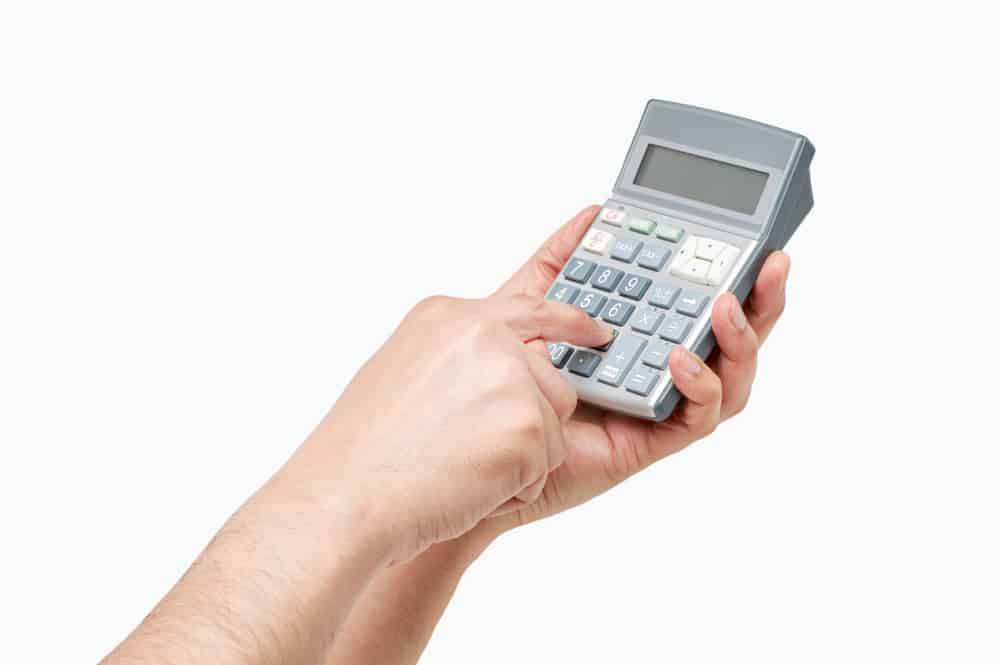
Your tank’s turnover rate is an important thing to know as this will help you determine your tank’s flow rate in GPH, or “Gallons Per Hour”.
Let’s begin with determining your tank’s GPH.
What you’ll need to do first is find an aquarium-safe gallon-size container.
Next, you’ll want to turn off your tank’s pump and attach a clear plastic tube to the outflow nozzle, and put the other end of the tube into your single-gallon container.
Then you’ll want to time the water flow.
How long does it take for the single gallon to become full?
Now comes the tricky part: the math.
Divide your timed rate by 60 to lock down your gallon per minute rate, and then multiply that answer by 60.
For example, if your gallon fills up in 15 seconds, you should divide 60 by 15 to get 4, then multiply 4 by 60, which will give you 240 GPH.
Once you have your GPH rate, you can move on to your tank’s turnover rate.
You’ll want to measure your tank’s height, depth, and width in inches to determine how much water you can put in your aquarium.
It’s important that you only measure where the water touches the glass.
Don’t bother factoring in the area covered by gravel or other substrate or the extra space at the top of the tank where there isn’t any water.
You can use an online water volume calculator to determine how much water is in your aquarium, then divide your results by 1,728 to convert it into cubic feet.
Then you’ll want to multiply that result by 7.5, and then divide your GPH rate by the tank’s water volume.
Your result will be your tank’s turnover rate.
It’s important to have this information so you can choose the right pump and filter for your reef tank.
Maintaining a Reef Tank
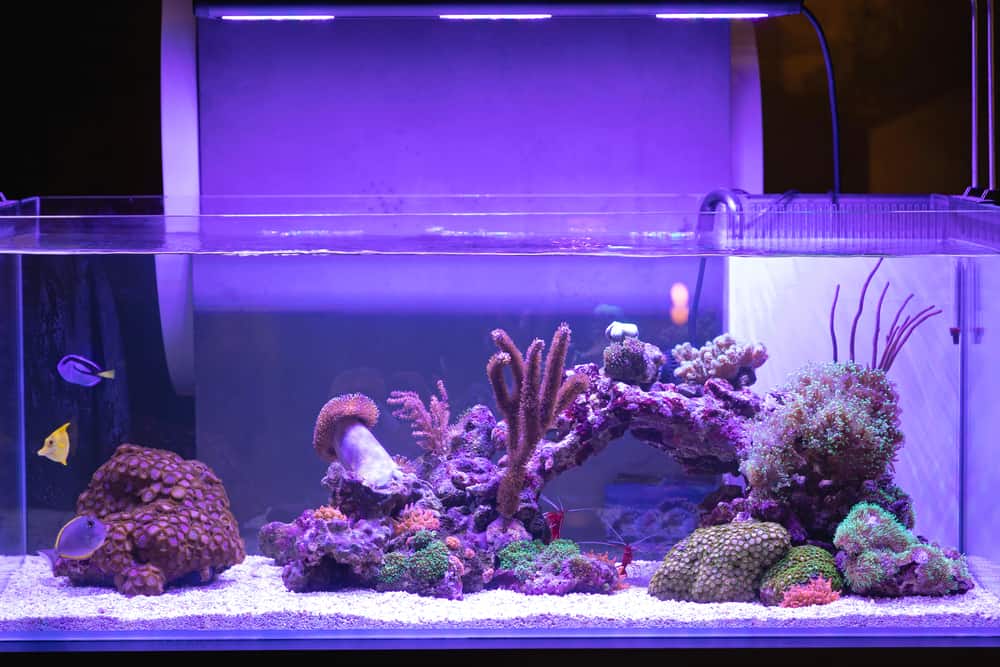
Water flow isn’t the only important factor in keeping a healthy reef.
It’s also important to keep a close eye on the water’s pH, alkalinity, nitrate, ammonia, calcium, and phosphate.
A saltwater tank’s pH should be between 8.2 and 8.4, and most saltwater mixes are formulated to start your tank off right.
As for the alkalinity, it will go hand in hand with the pH.
Alkalinity measures the carbonates in the water, which stabilize the pH.
If your pH and alkalinity begin to drop, you may have to check the tank’s calcium levels.
Calcium is crucial for corals to grow and thrive, and in order to do so, they will take the calcium and carbonate from the water in order to grow and create a coral skeleton.
Since your coral will pretty much always be growing, it’s important to closely monitor the tank’s pH, alkalinity, and calcium levels, and prevent them from dropping too low.
Types of Coral and Their Care
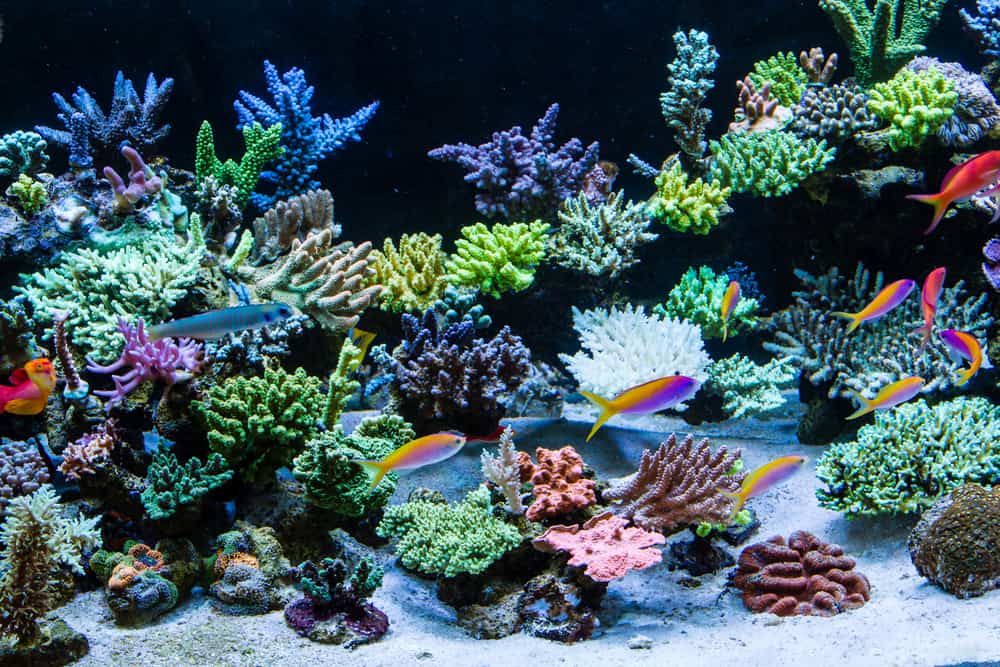
There are many different types of coral, and many different ways to build your own reef.
Each type of coral, just like fish, has their own set needs in order for them to thrive in your tank.
They should also have specific other coral that they should and should not live with.
We’ll begin with a few easy to care for types of coral and then work up to the slightly more advanced coral.
1. Cladiella Corals
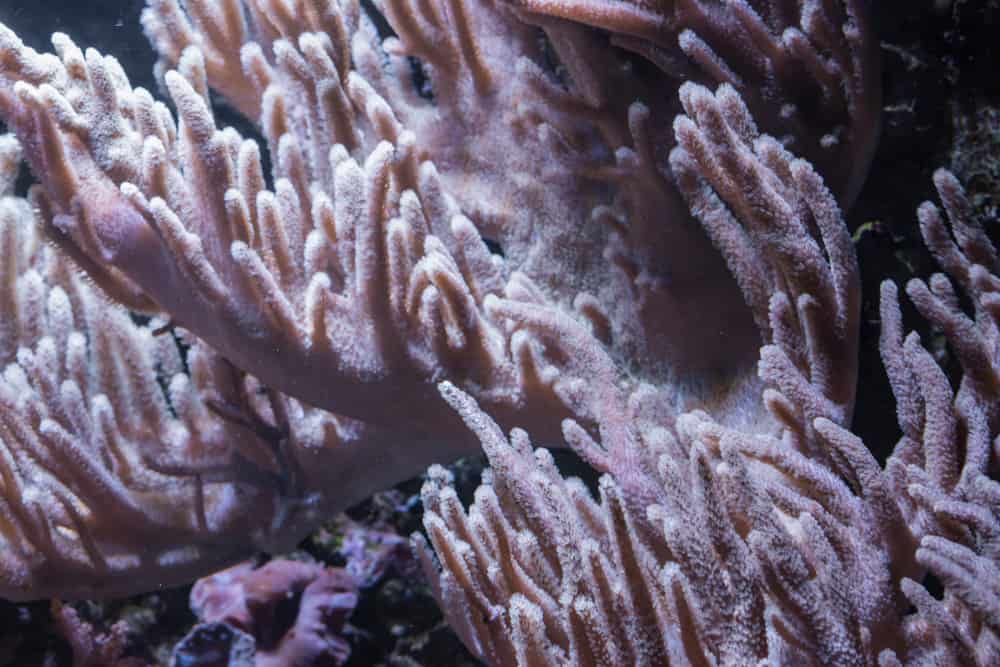
A few cladiella corals you may already be familiar with are finger leather and colt coral, which are both highly adaptable.
This is a great coral for tanks that get moderate light and water movement and are very fast growers.
Because they are such fast growers, they may grow over stationary reef creatures in their tank.
They should be kept in a 50-gallon tank with a temperature between 72 and 82 degrees, with a calcium level between 400 and 450 ppm.
They’re peaceful with other soft corals, and they are basically non-toxic with regard to chemical defense.
2. Discosoma Corals
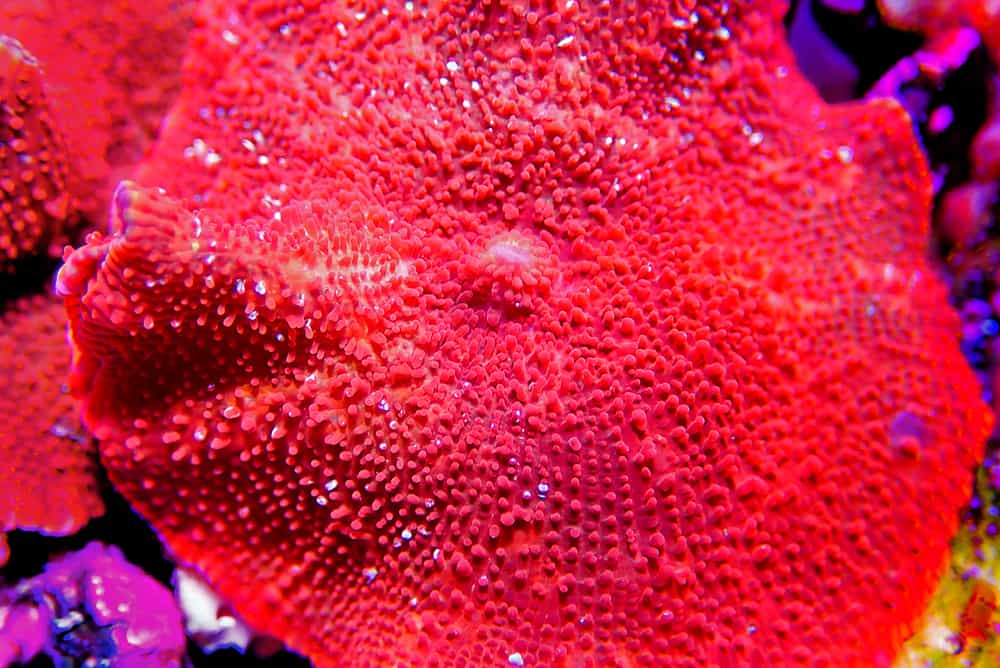
If your aquarium gets less light than your average reef tank, a good option for you may be mushroom coral or disc anemones.
These types of coral get their energy from active feedings rather than light, meaning they trap and consume fish.
They will also eat any leftover food that happens to come their way.
Along with low light, they also require low water flow to keep them from becoming too stressed.
3. Pachyclavularia Corals
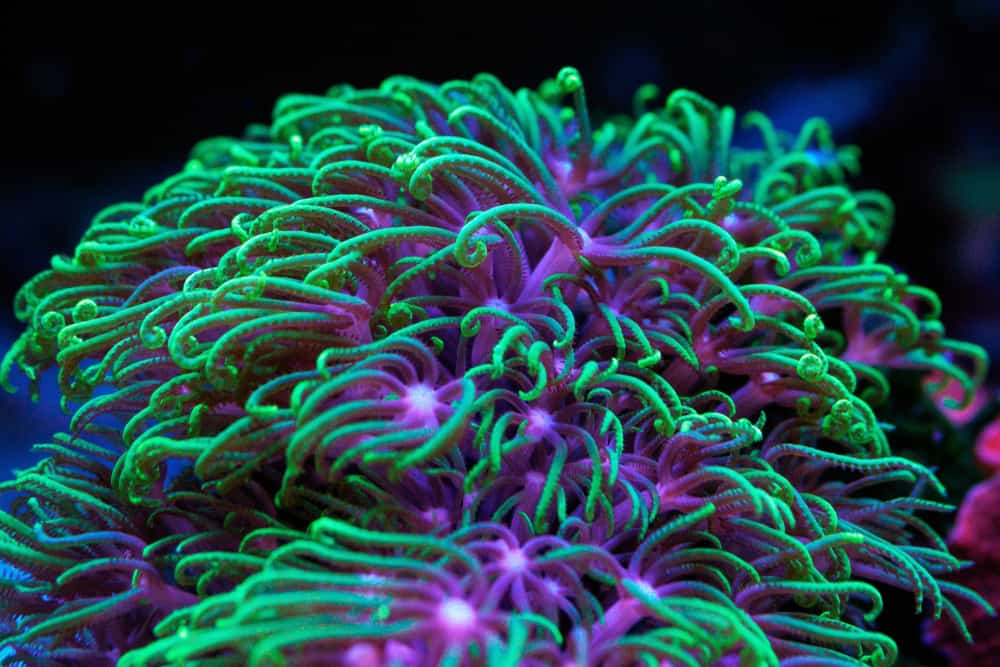
Another few highly tolerant types of corals are star polyps, daisy polyps, and green star polyps.
These kinds of corals do well in both high and low levels of light and even in different levels of strength when it comes to water currents.
They do best in temperatures between 72 and 83 degrees in tanks of 50 gallons and larger, with moderate water movement.
We feel that we should note that green star polys can be very aggressive, growing over itself and over corals.
They can be easily contained by isolating them with sand, away from the main rock.
They will also be discouraged from spreading over any coral with the ability to sting.
Green star polyps are at risk of being stung.
4. Sarcophyton Corals
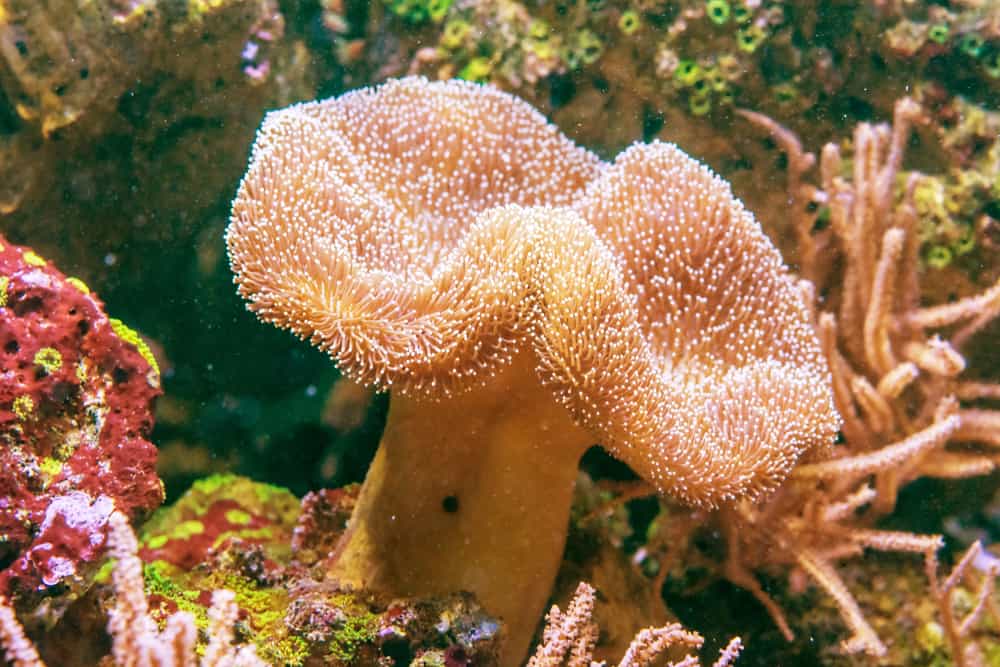
A few other hardy corals are mushroom leather, toadstool mushrooms, and trough coral, which enjoy lower to moderate currents.
These types of corals adapt to many different light levels easily, feeding off of the nutrients in the water and taking them directly into their cells.
These corals do best in water with imperfect conditions, and they won’t do as well in water that has most of its dissolved organic compounds removed due to protein skimming.
They do best in water with a temperature between 68 and 84 degrees, with a random water flow, and calcium levels between 385 and 450 ppm.
The common toadstool coral is another aggressive species, which will release poison to ward off coral that encroaches on it.
This is a fine species to house with shrimp, hermit crabs, and various fish, but you need to be careful about housing it with clownfish.
Clownfish may decide to try and use it as a surrogate anemone, which may irritate the toadstool.
5. Palythoa Corals
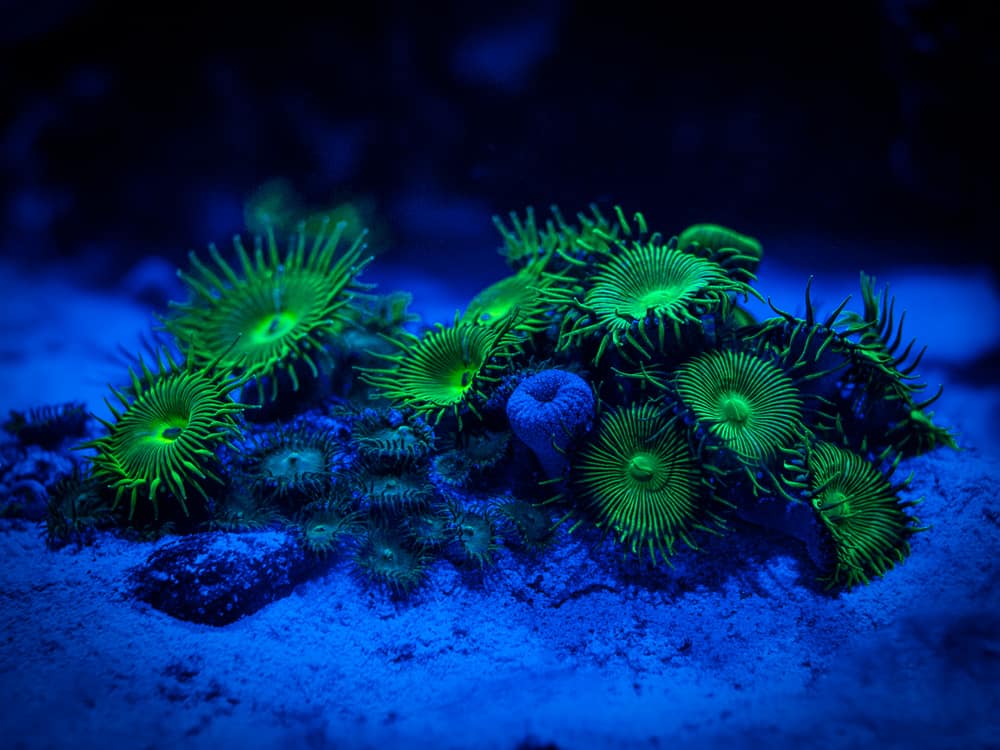
Sea mat and button polyps are another gorgeous option for your reef tank.
They do best with rapid water movement and bright lighting.
In addition to high light and fast currents, they should also be kept in water with a temperature between 72 and 83 degrees and calcium levels of between 380 and 430 ppm.
They do well in small tanks, but they should not be kept in anything smaller than 10 gallons.
However, we must warn that these types of corals produce a toxin called palytoxin.
Always wear gloves when handling palythoa corals, and be sure to wash your hands thoroughly after working in your aquarium and handling toxic coral.
6. Zoanthus Corals
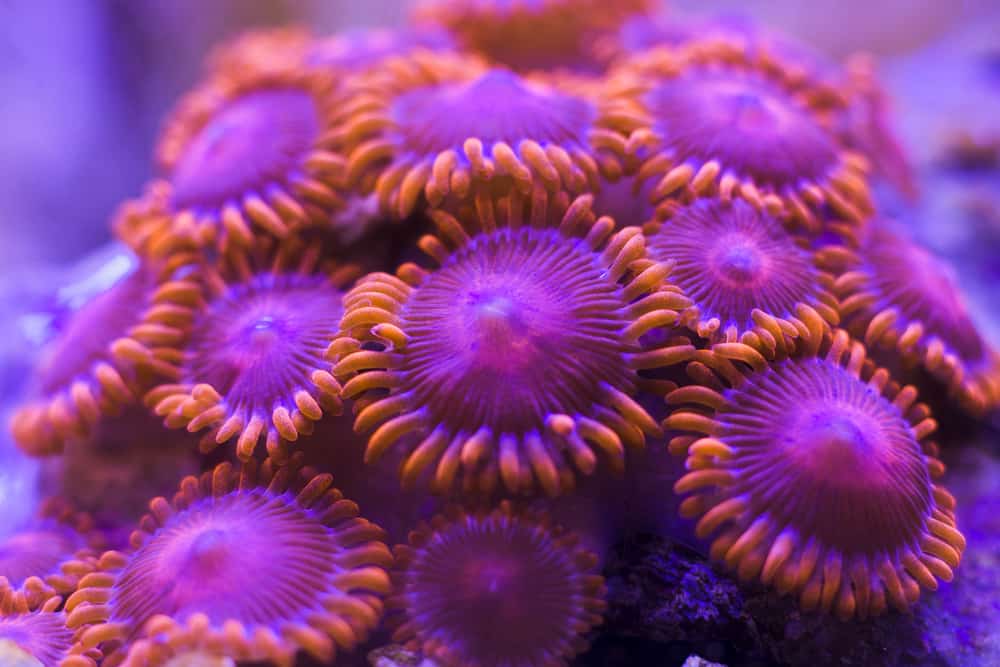
Zoanthus corals are colorful, hardy little things which do best in bright light with moderate water movement.
They should be kept in tanks no smaller than 10 gallons with temperatures between 72 and 82 degrees and calcium levels between 380 and 430 ppm.
These colorful blooms can encroach on coral that has been placed nearby, and they should be placed somewhere they can’t bother any other corals.
They are non-toxic, but they can smother other corals by growing on top of them.
Is There Such a Thing as Too Much Water Flow?
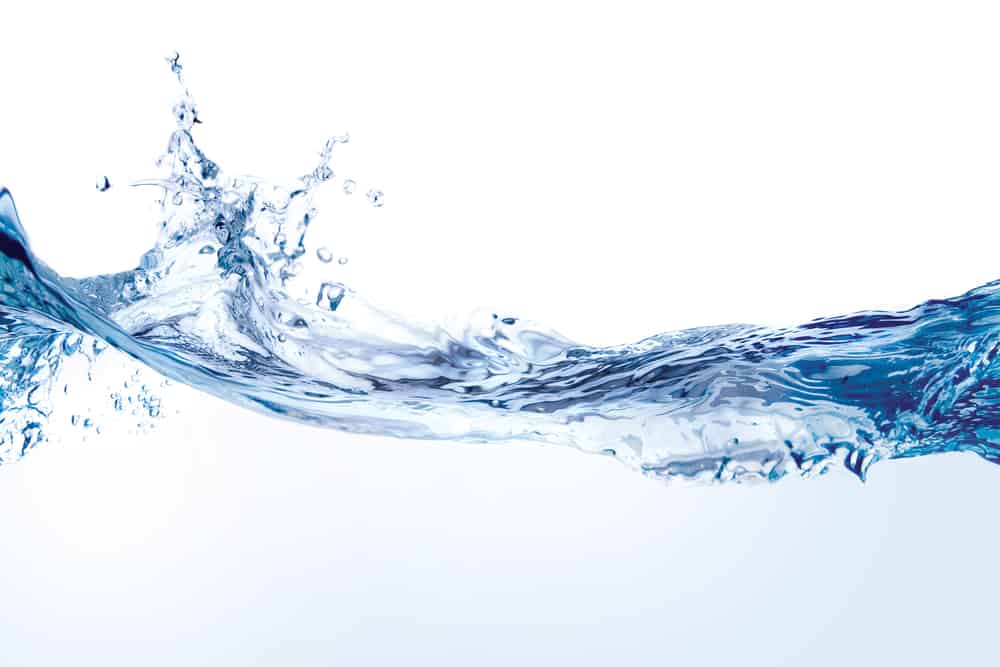
Water flow and movement is crucial for the health of your reef tank and all of the fish inside, but is it possible for there to be too much of a good thing?
The answer is yes: If the water flow is too strong in a particular area, coral will avoid growing in that spot.
Also, coral can sometimes be displaced when the water flow is too strong.
Too much movement in the water could also lead to other problems in the health of your fish and coral.
It’s important to pay attention to how your coral grow and their general health in order to adjust the water flow accordingly.
Go With the Flow!
Now you know exactly why saltwater tanks need good water flow.
Mimicking the ocean’s currents holds nothing but benefits for the entirety of your reef tank!
We hope we helped you and your reef tank out and your aquarium thrives and continues to do so for a long time.
How do you create water flow in your tank?
How is your reef doing?
Feel free to leave us a comment down below and let us know.
We always love to hear from you.
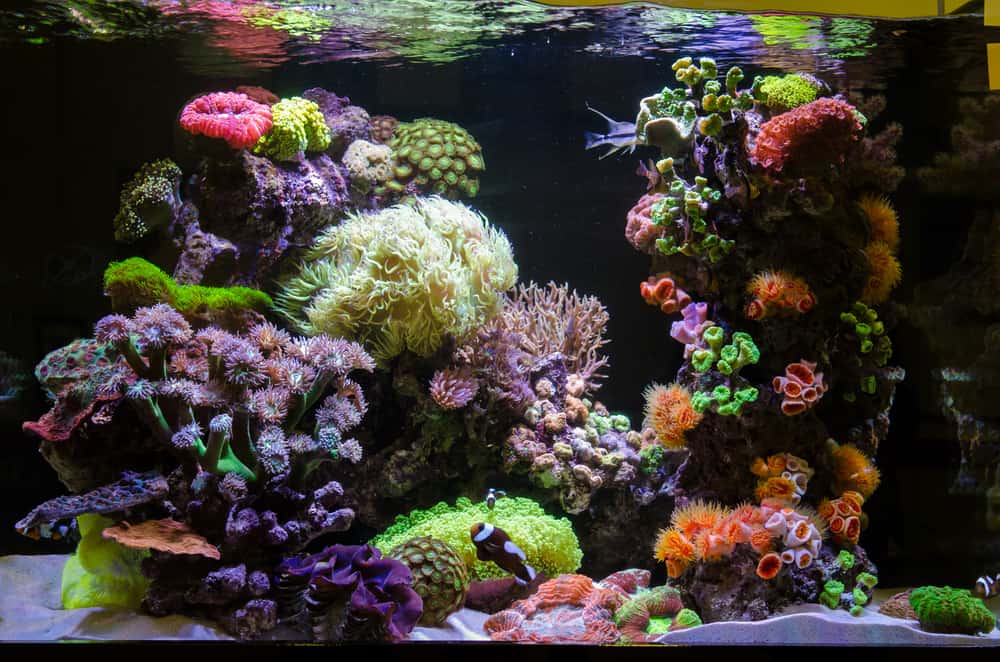
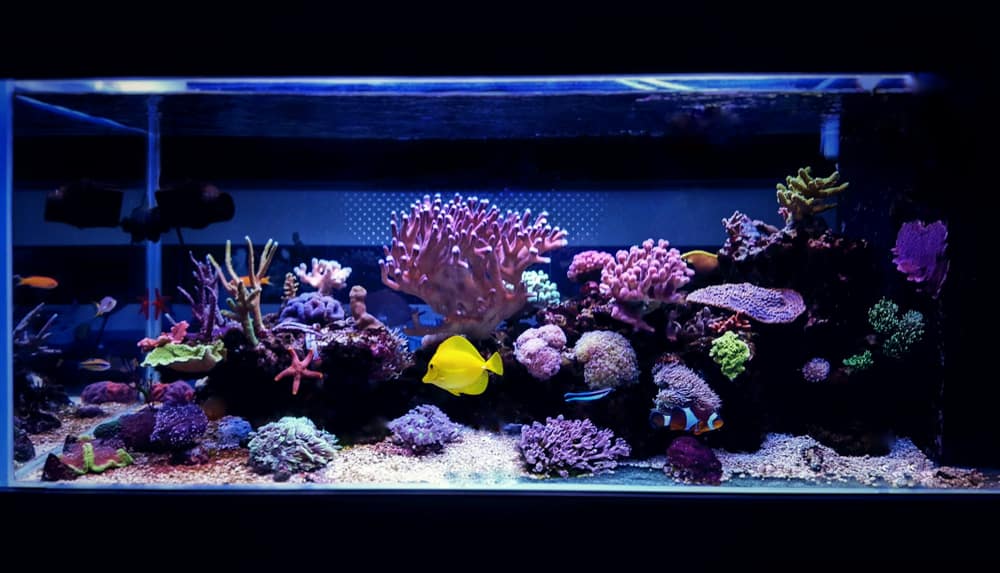
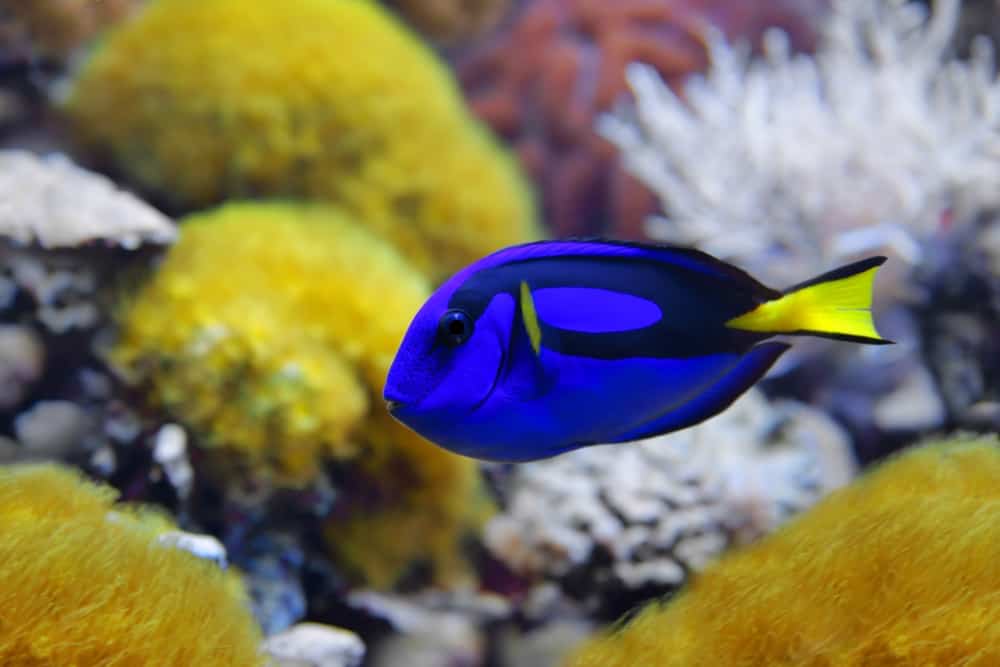
Leave a Reply
You must be logged in to post a comment.